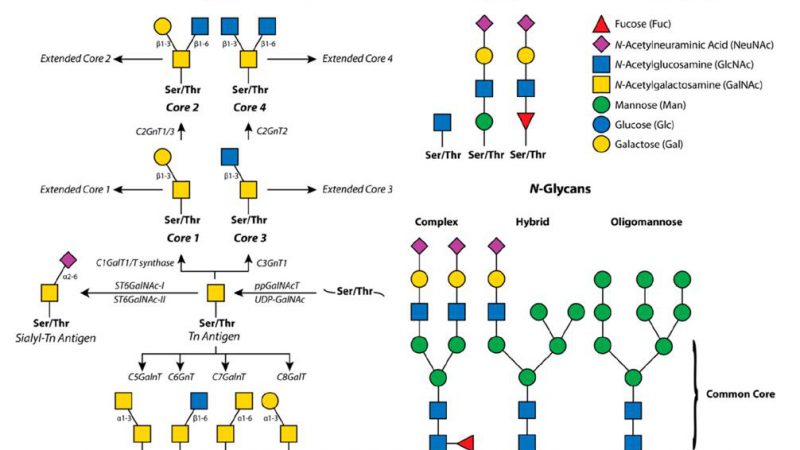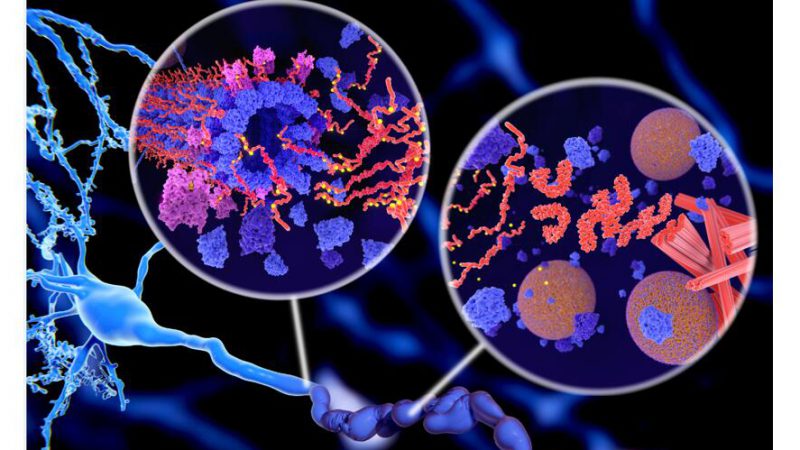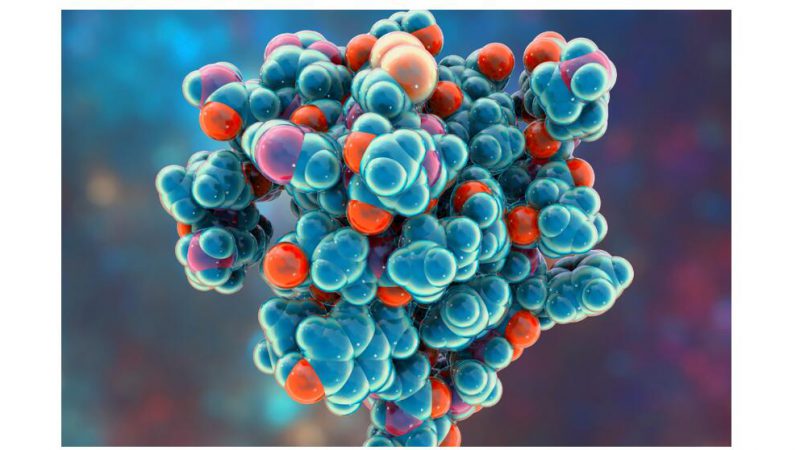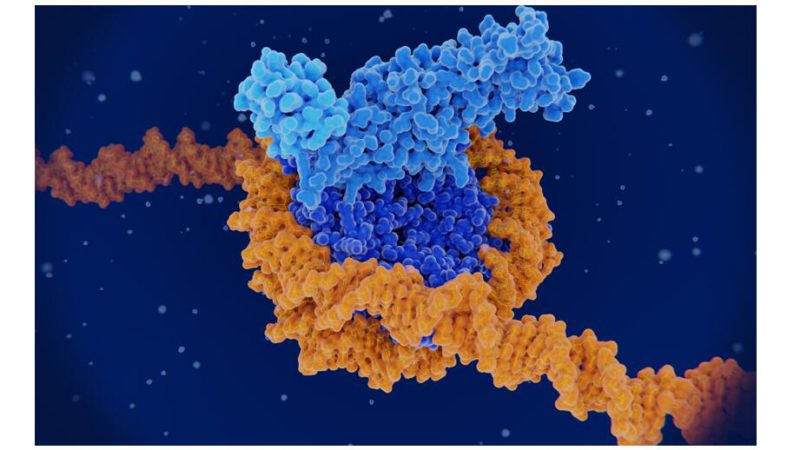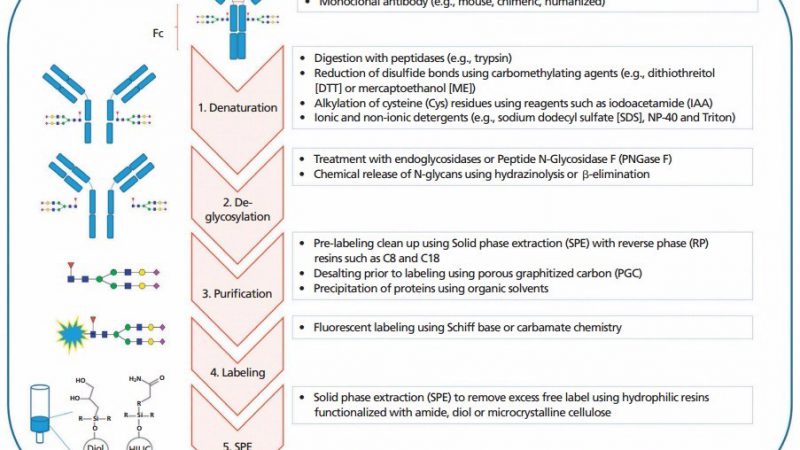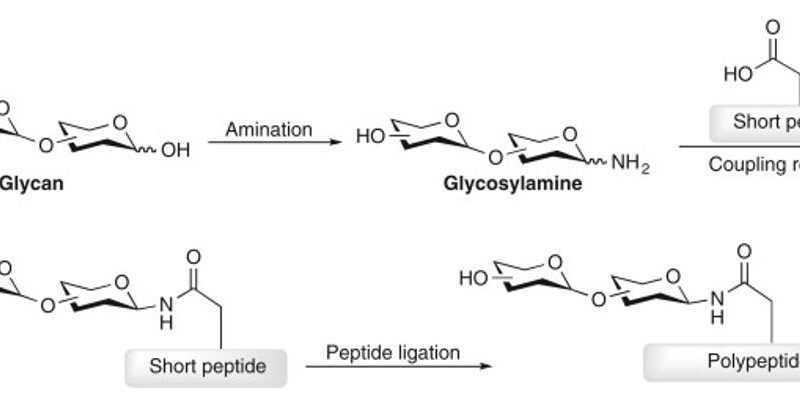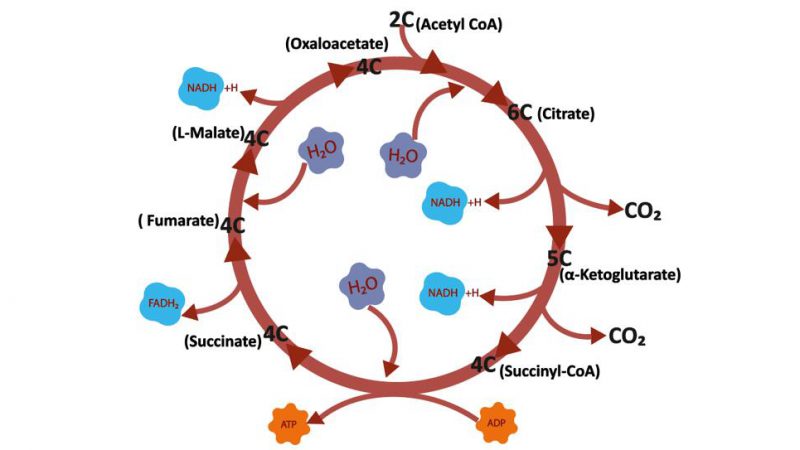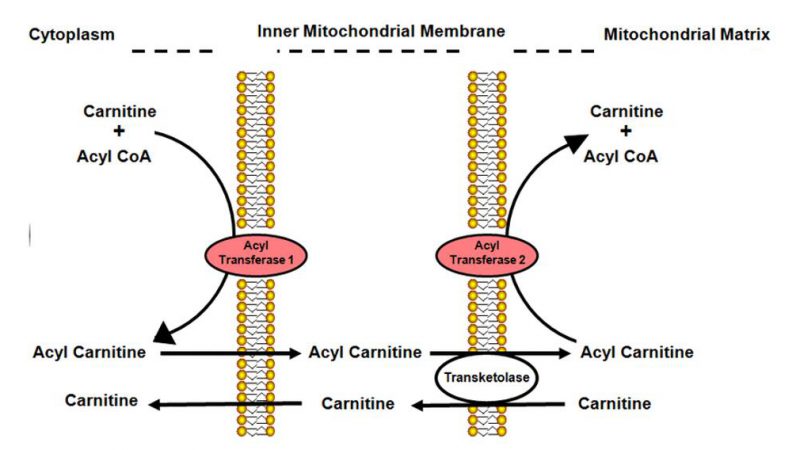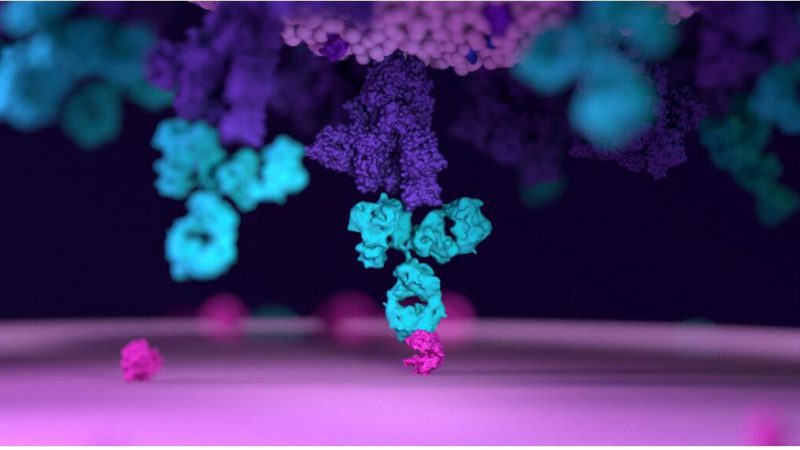Understanding the Importance of Glycosylation in Protein Function Glycosylation is a common post-translational modification that plays a critical role in
Phosphoproteomics analysis is a powerful tool used to investigate the phosphorylation of proteins in complex biological systems. It provides insights
Molecular weight is a fundamental physicochemical property of organic compounds and is the sum of the relative atomic masses of
Methylation can occur on Arg, lys, Asp, Asn, Gln, His, Glu and cys, or on the N terminus or C
Immunoglobulin is a serum glycoprotein. There are five types of IgM, IgA, IgD, IgG and IgE found in humans. IgG
Protein glycosylation is a very common, complex and diverse post-translational modification of proteins. In eukaryotes, protein glycosylation process mainly occurs
The tricarboxylic acid cycle (TCA Cycle) is a cyclic reaction system consisting of a series of enzymatic reactions, starting with
Carnitine (L-3hydroxy-4-trimethylaminobutyric acid), a water-soluble tetramine compound, is mainly distributed in tissues with high energy requirements, such as skeletal muscle
Host cell proteins (HCPs) are one of the key process-related impurities generated during the production of biologics, which can lead
The complexity of glycan chains poses a great challenge for accurate qualitative and quantitative glycomic analysis. The study of glycomics
